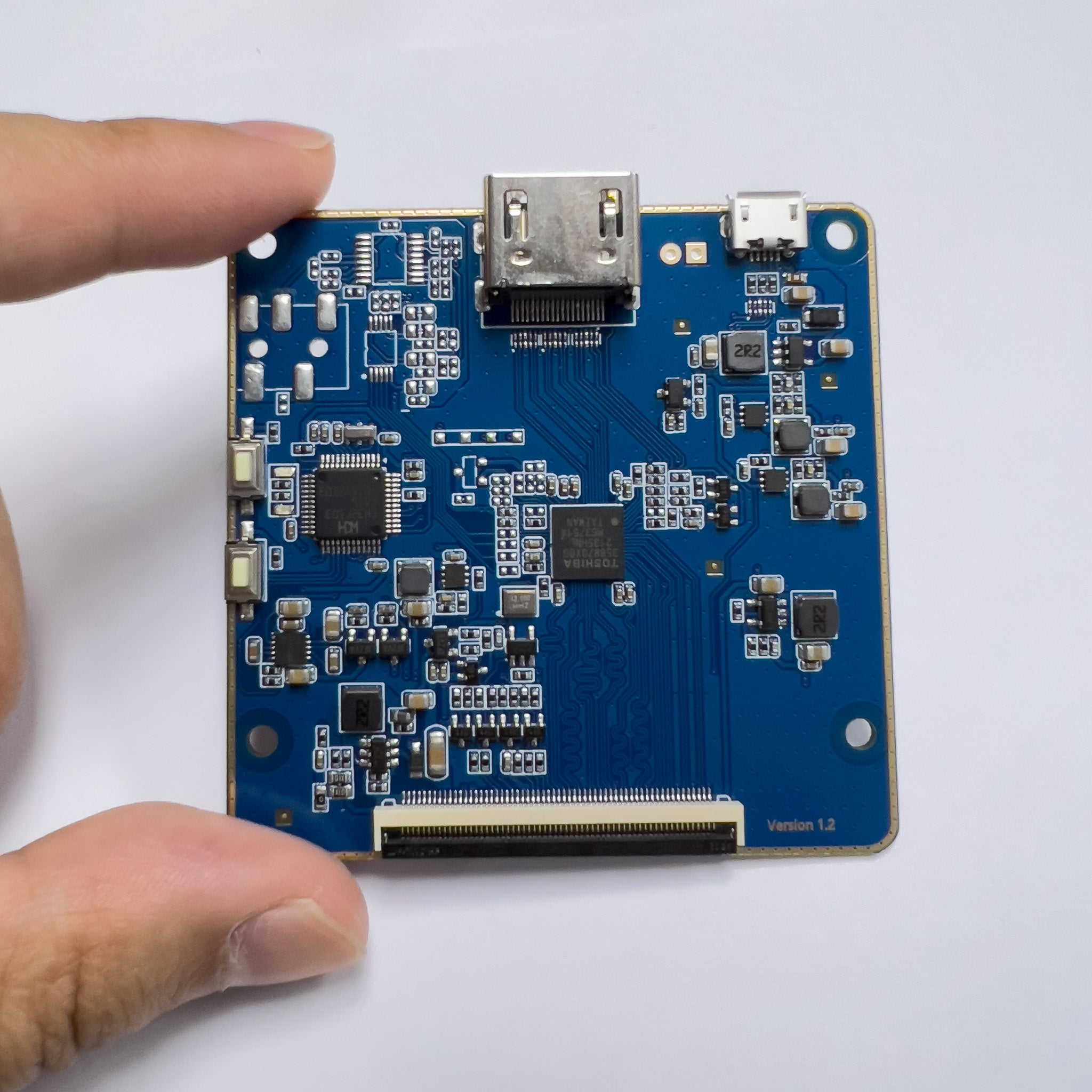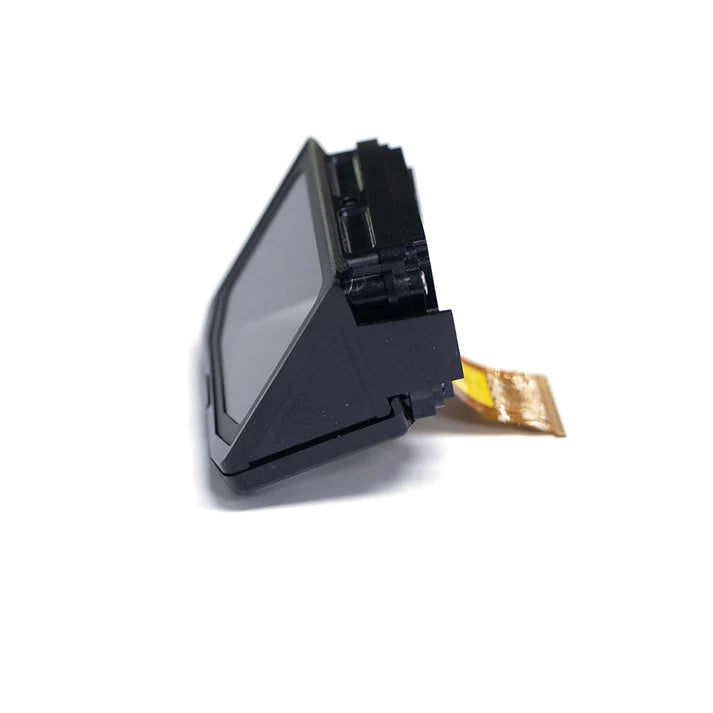In recent years, Augmented Reality (AR) and Virtual Reality (VR) devices have made significant technological advancements, attracting more and more users. To provide better visual experiences, many manufacturers are researching and developing advanced optical systems. Among them, the Birdbath optical scheme is a widely used optical design for head-mounted displays (HMDs), known for its compactness, high resolution, and field of view (FOV). In this article, we will delve into the core principles and components of the Birdbath optical scheme, helping you better understand this essential technology.
I. Core Principles of the Birdbath Optical Scheme
The core principle of the Birdbath optical scheme is to use aspheric lenses to focus the display's image onto the user's line of sight. This method allows light to pass through a smaller space, reducing the overall system size and weight. Moreover, the Birdbath optical scheme can provide a high resolution and a wide field of view (FOV).
II. Core Components of the Birdbath Optical Scheme
- Display: The display is a critical component that projects the computer-generated image (AR or VR content) onto the user's eyes. Common types of displays include Organic Light Emitting Diodes (OLED) and Liquid Crystal Displays (LCD).
- Beam-splitter: The beam-splitter is responsible for reflecting the display's image onto the curved mirror. It is typically a semi-transparent lens that allows some light to pass through while reflecting others. This enables users to see both the virtual image and the real world (for AR applications).
- Curved mirror: The curved mirror (also called an aspheric mirror) is one of the core components of the Birdbath optical system. It focuses the image reflected on the beam-splitter to the appropriate position in the user's eyes. The shape and curvature of the curved mirror are crucial for image quality and the field of view.
- Eyepiece optics: The eyepiece optics are lenses that users wear in front of their eyes. They allow users to see the virtual image on the curved mirror clearly while maintaining a clear view of the real world (only applicable for AR applications).
III. Advantages and Enhancements of the Birdbath Optical Scheme
- Compactness: The Birdbath optical system can reduce the distance between the display and the lens, making the entire device more compact.
- High resolution and FOV: The Birdbath optical scheme can provide a high resolution and a wide field of view, offering users a more immersive experience.
- Low distortion: Aspheric lenses help reduce optical distortion, improving image quality.
- Flexibility: The Birdbath optical scheme is suitable for various types of displays and application scenarios.
As technology continues to evolve, we can expect future AR and VR devices to become more compact, high-performance, and user-friendly. Understanding the Birdbath optical scheme and its core components will help users and developers better grasp the technological trends in this field, laying the foundation for future applications and innovations.
Read more

Virtual Reality (VR) technology is becoming increasingly popular, promising immersive experiences for users. However, many VR devices are affected by a visual phenomenon known as the "screen door e...

HDMI (High-Definition Multimedia Interface) and MIPI (Mobile Industry Processor Interface) are two distinct video interface standards. HDMI to MIPI adapters are designed to convert signals between ...



Leave a comment
This site is protected by hCaptcha and the hCaptcha Privacy Policy and Terms of Service apply.